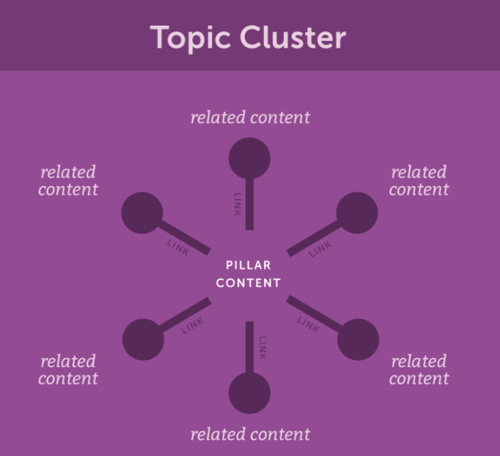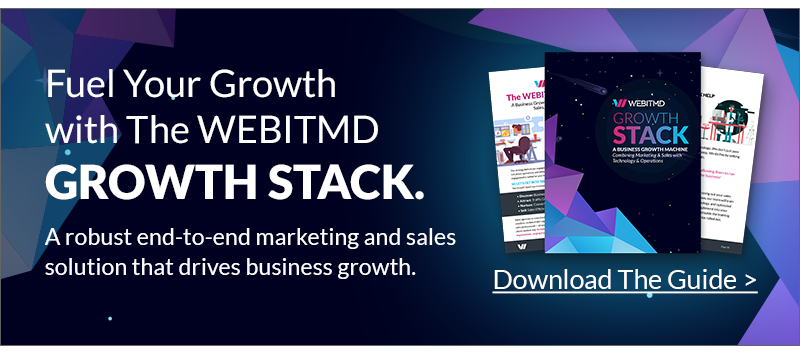How beneficial are SEO pillar pages for improving organic traffic? How many should I have? Does more pages mean better rankings? Considering the noise around this topic and the outdated practices of some ‘experts’, we want to provide an update on this matter and clear up some of the confusion.
A quick answer is yes, pillar pages are effective for SEO.
But without serious planning and criteria, your efforts risk being useless or best case scenario, underperform. This leads to a chain reaction to your other content for SEO, affecting your internal linking and thus, your rankings. It also affects user experience: visitors may land on a beautiful page, but if they’re looking for more information and have it difficult to find it on your website, they’ll just look for it somewhere else.
How Do SEO Pillar Pages Work?
This is certainly something that we all take for granted but are not necessarily sure what its purpose is: what’s the role of pillar pages in SEO?
Pillar pages serve as a guide for your visitors to obtain exactly what they’re looking for on your website. The more accurately you provide this, the more successful your pillar page (and overall website) will be.
Pillar pages are basically the carriers of those different queries you want to rank for. So the more organized they are, the easier it will be for both users and search engines to understand your website.
They are actually called ‘pillar’ pages because they ‘lift’ your site working as the epicenter of all the information you want to provide users with; not only through the pages per-se but all the additional content that is attached to them (blog articles, case studies, infographics, and even other pillar pages).
How Many Pillar Pages Should My Website Have?
A website with 5-6 pages – even if they look amazing and provide tons of value – is not going to be noticed by Google. This is where having a well-thought content strategy becomes valuable.
In older times, when SEO was ‘easier’, it was a ‘the more, the better’ policy on all things SEO. That applied to keywords, blogs, web pages – everything. But now that’s an outdated and even ill-advised approach. Giving cold numbers is always tricky because the success in your website’s pillar pages will depend greatly on your industry, the topics you want to rank for, and the goals you set for those pillar pages.
The number of pillar pages you create will depend on the topics you want to rank for. It’s best to start small and create one pillar page at a time, building your topical authority and mapping out supporting blog posts. Then you can expand your content strategy based on other relevant topics that your audience would find interesting.
How Long Should Pillar Page Content Be?
Here’s another example in which the ‘the more, the better’ mindset is outdated and even harmful. Although numbers vary depending on the source, a minimum of 1000 and a maximum of 2500 words is an acceptable average for pillar pages. And as it also happens in SEO, nothing is A+B=C. So providing something valuable is more important than meeting word counts.
It might also happen that you have a lot of content available for a specific topic. And it’s only natural that you want to use it. Instead of coming up with one big pillar page with 5000 words, you can get more value from it by planning specific pillar pages with their own keyword planning and content that hyperlink to each other.
Doing this can make it easier for readers to digest your information and even make them stay longer on your site (all this will also be appreciated by the big G).
Common SEO-Related Mistakes on Pillar Pages
‘What am I doing wrong?’ is a very healthy question to ask yourself every now and then. When it comes to pillar pages, there are certain aspects in which websites usually fail:
Neglecting Keywords
Keyword stuffing is harmful. So is misusing or not using keywords at all. Although they are not the dominant factor they used to be, keywords give your pillar page a structure and a coherence that is useful to both users and search engines.
So after the corresponding keyword research, it’s important to plan which ones you should use on what pillar pages. It is recommendable to choose only one focus keyword and have others only if they complement the content on the pillar page. In that case, those keywords can also be used for internal linking.
Inconsistency With Your Keywords
A proper choice of relevant keywords that encompasses your page’s content is necessary for search engines (and thus, people) to find your site. How should you place those keywords? Once you pick the one that you want to focus your pillar page on, it is recommended to place it:
- In the page’s URL structure
- The page title
- Headings and subheadings
- At least the first paragraph of the content
- Images alt tags
- Metadata (Title & Description)
If you already have a pillar page and are planning a content refresh, contemplating these mistakes can give you the double benefit of adding SEO value to such a page while giving it the update you wanted to. And whether it is a new or existing pillar page, consistency with keywords can make it easier and more successful to create a content strategy around them for a very simple reason: such supporting content will have a clear path to relevant pillar pages for visitors and search engines to follow.
Irrelevant Hyperlinks
A proper internal linking is important for users to stay on your website longer. It is also a healthy signal for Google. For this reason, your pillar pages should lead to others that provide additional information that is related to the current one. If your site doesn’t provide such additional information, that’s when external linking comes in handy.
In any case, make sure your hyperlinks are properly structured so they appear as the reader scrolls down the page; making the experience friendlier and more useful to them.
Nobody Said It Was Easy…
Inbound marketing and business growth are equally thrilling and complex. That’s why partnering with a digital marketing agency is a good idea, to begin with. We prefer ‘partnering over ‘hiring’ because, at WEBITMD®, we believe that working close to you and becoming an appendix of your business adds more value to the work we deliver to you.
Download your FREE Growth Stack guide to learn more about the latest trends in content marketing and SEO.







.jpg)



.jpg)





![5 Reports to Elevate Your HubSpot Sales Dashboard [+ Examples]](https://blog.webitmd.com/hs-fs/hubfs/Imported_Blog_Media/6-winning-examples-of-a-hubspot-sales-dashboard-2.png?width=767&name=6-winning-examples-of-a-hubspot-sales-dashboard-2.png)